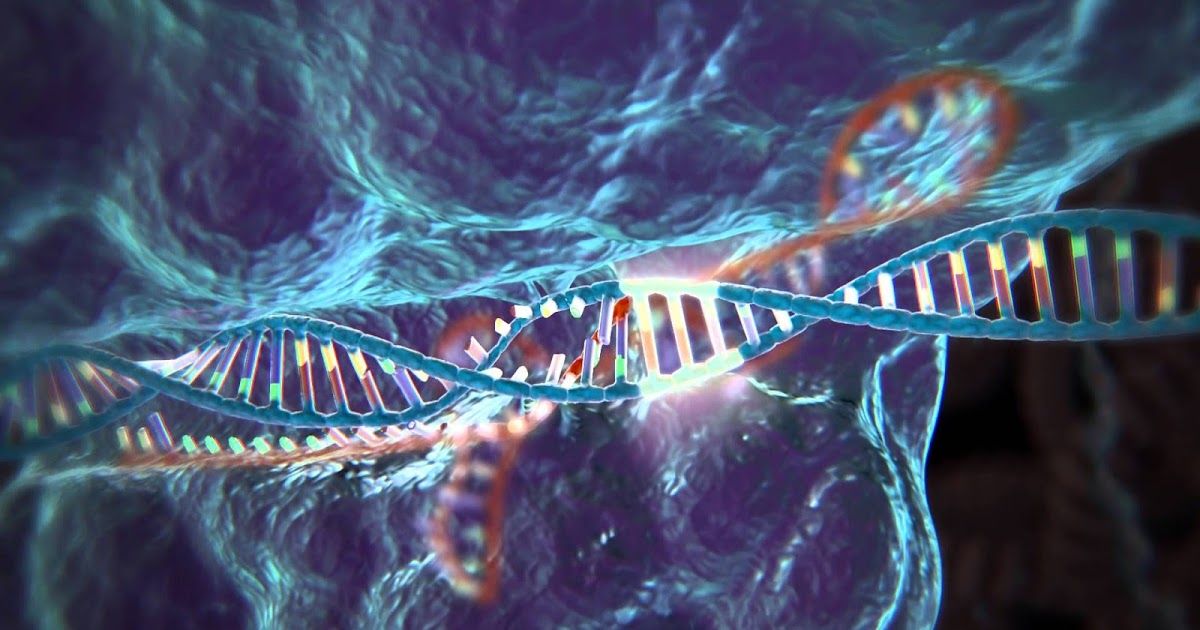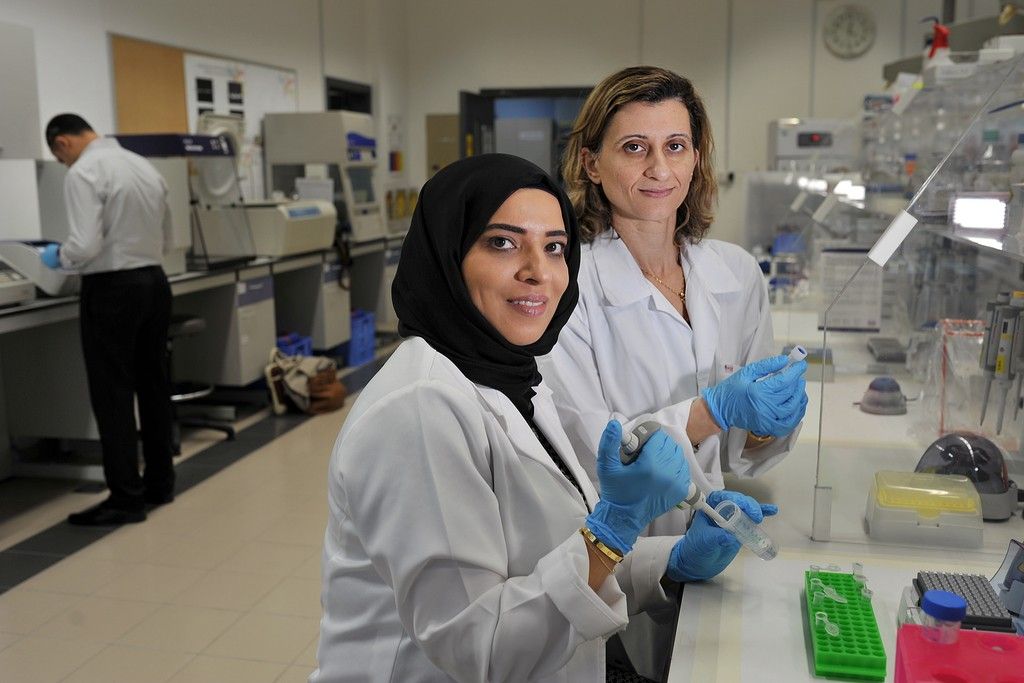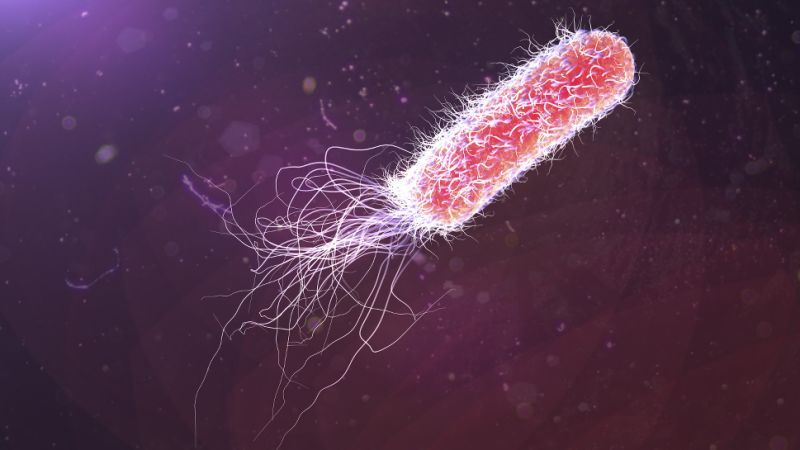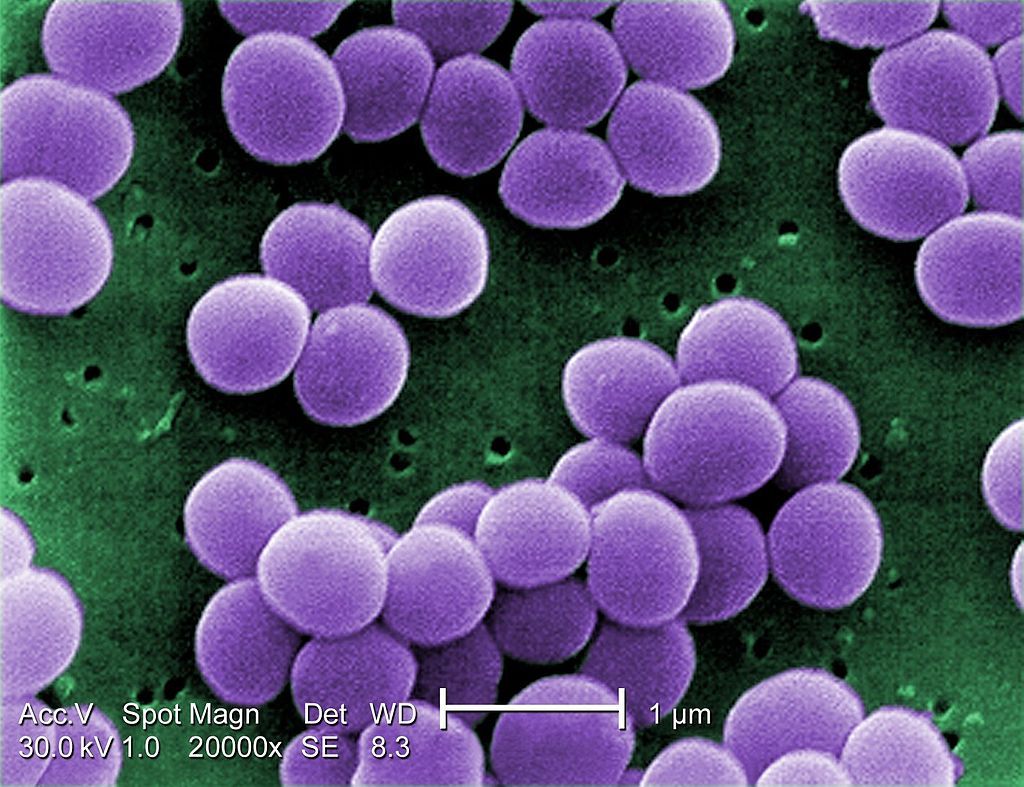Archive for the ‘genetics’ category: Page 477
Jun 15, 2016
First phase 1 human aging reversal trials (GDF, Myostatin) in a year or two and George Church discusses how to affordably rejuvenate the whole body
Posted by Klaus Baldauf in categories: biotech/medical, genetics, life extension
The new goal is to reverse aging, not only in animals, but in humans. And age reversal is essential, as significant age-related disruption has already occurred in most people due to changes in our gene expression profiles.
Gene expression patterns change with age. This influences the rate at which an individual ages, and also determines what senile disorders they are likely to contract. But innovative gene-editing methods based on a unique technology called CRISPR (clustered regularly interspaced short palindromic repeats) are now being successfully harnessed for use as an age-reversal therapy for humans.
In response to these breakthroughs, Life Extension® magazine sent biogerontologist Dr. Gregory M. Fahy to Harvard University to interview Dr. George Church, who is a leading developer of cutting-edge CRISPR techniques. Here, Dr. Church explains remarkable opportunities for transforming human aging that may begin to unfold sooner than most have imagined.
Jun 14, 2016
All-Beef, No Butcher: Meet the Minds Behind Lab-Grown Burgers
Posted by Shailesh Prasad in categories: food, genetics
Scientists are pushing to perfect a genetically identical meat that would be better for the environment than cows are.
Elizabeth Rushe is a writer and photographer from Ireland who is based in Berlin. Her work has been published by NPR, Paste Magazine, Vice, and Marie Claire.
Jun 13, 2016
Genes, brain structure influence second language learning: study
Posted by Karen Hurst in categories: genetics, neuroscience
Very insightful for my deep mind/ neuro mapping friends.
If you have trouble learning a new language as an adult, maybe you can blame your genes and brain structure, a U.S. study suggested Monday.
The study by researchers at the University of Washington showed that genetic variations of the so-called COMT gene and a measure of the strength of the brain’s communications network — known as “white matter”— jointly accounted for 46 percent of the reason for why some college students performed better than others in the second language class.
Continue reading “Genes, brain structure influence second language learning: study” »
Jun 13, 2016
Emirati gene study shows diabetes and vitamin D deficiency risks
Posted by Karen Hurst in categories: biotech/medical, genetics
Diabetes 2 tie to Vitamin D issues.
First study of Emiratis’ genes highlights the links between type 2 diabetes and a deficiency in vitamin D. Soon doctors may be able to prioritise care for those who are most at risk.
ABU DHABI // The first study to examine Emirati genes and the links between type 2 diabetes and vitamin D deficiency uncovered a genetic code that identifies those susceptible to the deficiency.
Continue reading “Emirati gene study shows diabetes and vitamin D deficiency risks” »
Jun 13, 2016
Watching ‘jumping genes’ in action
Posted by Karen Hurst in categories: biotech/medical, food, genetics, physics
Jumping genes — not jumping beans.
“Jumping genes” are ubiquitous. Every domain of life hosts these sequences of DNA that can “jump” from one position to another along a chromosome; in fact, nearly half the human genome is made up of jumping genes. Depending on their specific excision and insertion points, jumping genes can interrupt or trigger gene expression, driving genetic mutation and contributing to cell diversification. Since their discovery in the 1940s, researchers have been able to study the behavior of these jumping genes, generally known as transposons or transposable elements (TE), primarily through indirect methods that infer individual activity from bulk results. However, such techniques are not sensitive enough to determine precisely how or why the transposons jump, and what factors trigger their activity.
Reporting in the Proceedings of the National Academy of Sciences, scientists at the University of Illinois at Urbana-Champaign have observed jumping gene activity in real time within living cells. The study is the collaborative effort of physics professors Thomas Kuhlman and Nigel Goldenfeld, at the Center for the Physics of Living Cells, a National Science Foundation Physics Frontiers Center.
Jun 10, 2016
Living Bacteria Can Now Store Data
Posted by Sean Brazell in categories: bioengineering, biotech/medical, computing, genetics
Using the CRISPR gene-editing tool, scientists from Harvard University have developed a technique that permanently records data into living cells. Incredibly, the information imprinted onto these microorganisms can be passed down to the next generation.
CRISPR/Cas9 is turning into an incredibly versatile tool. The cheap and easy-to-use molecular editing system that burst onto the biotech scene only a few years ago is being used for a host of applications, including genetic engineering, RNA editing, disease modeling, and fighting retroviruses like HIV. And now, as described in a new Science paper, it can also be used to turn lowly microorganisms into veritable hard drives.
http://io9.gizmodo.com/5935415/why-dna-is-the-future-of-data-storage
Jun 9, 2016
Engineered pathogen-binding protein enables rapid isolation of infectious bacteria from joint fluids
Posted by Karen Hurst in categories: bioengineering, biotech/medical, genetics
Very cool.
Pinpointing the type of bacteria that are at the root of an infection in clinical samples removed from living tissues, such as blood, urine or joint fluids, to quickly identify the best anti-microbial therapy still poses a formidable challenge. The standard method of culturing can take days to reveal pathogens, and they often fail to bring them to light altogether.
A team lead by Donald Ingber, M.D., Ph.D., at the Wyss Institute for Biologically Inspired Engineering at Harvard University now reports a method in PLoS, which enables the rapid isolation and concentration of infectious bacteria from complex clinical samples to help speed up bacterial identification, and it should be able to accelerate the determination of antibiotic susceptibilities as well.
Jun 9, 2016
Chemical reaction lights the way for tracking microRNA in living organisms
Posted by Karen Hurst in categories: biological, genetics
The ability to track molecular events inside the cells of living organisms offers a powerful window into fundamental biological processes, but methods for visualizing RNA in vivo without interfering with cell processes have been elusive. Now, researchers have developed a light-induced chemical reaction that accomplishes this feat in live zebrafish embryos (ACS Cent. Sci. 2016, DOI: 10.1021/acscentsci.6b00054). It is the first technique for detecting specific strings of nucleic acids in live vertebrates that doesn’t require genetically modifying the organism. What’s more, it’s sensitive enough to visualize the expression of microRNAs, small noncoding RNAs that act as puppetmasters of gene expression.
To do the reaction, chemical biologist Nicolas Winssinger, biochemist Marcos Gonzalez-Gaitan, and their colleagues at the University of Geneva designed two nucleic acid probes that each complement and bind to adjacent halves of a target microRNA sequence. The researchers conjugated one probe to a ruthenium complex that absorbs visible light and the other to a fluorogenic rhodamine that lights up when its azide bonds are cleaved. When the probes attach to the target sequence, the two reagents come close enough to react. Shining a light on the sample activates the ruthenium which then reduces the azide in the rhodamine conjugate, releasing its fluorescence. The dependence on external light allows researchers to control when the reporting reaction happens, Winssinger explains.
The team first developed the system three years ago (Chem. 2013, DOI: 10.1002/chem.201300060) for use in cultured cells; here, they adapted it for use in just-fertilized zebrafish embryos. “That’s really not trivial,” says Winssinger. The probes had to be nontoxic, stable for a day or more, and powerful enough to work even after being diluted through cell division.
Continue reading “Chemical reaction lights the way for tracking microRNA in living organisms” »
Jun 7, 2016
Sources of longevity genes for genetic engineering
Posted by Klaus Baldauf in categories: bioengineering, biotech/medical, genetics, life extension
There are various animals that can live for centuries or millenia.
Genetic engineering technology is rapidly improving and genome wide genetic engineering could become a reality within 10–20 years. It could be possible to replicate in humans the longevity genes and cancer immunity in certain animals.
The longest lived mammal is the bowhead whales. Some confirmed sources estimate bowhead whales to have lived at least to 211 years of age.
Continue reading “Sources of longevity genes for genetic engineering” »
















